Dog breeds with overbites include the Border Collies, German Shepherds, Basset Hounds, and many others, often with long, narrow snouts.
An overbite or Class 2 malocclusion is a condition that causes misalignment of teeth in dogs. The lower jaw is made shorter compared to the upper jaw. As a result, the upper jaw is situated in front of the front jaw’s teeth.
The cause of an overbite is linked to genetic and hereditary factors. Often, the condition is bequeathed from one generation of a dog breed to another. Still, there is a possibility for parents with perfectly normal teeth alignment to give birth to a puppy having an overbite.
9 Dog Breeds with Overbites
Here are 9 dog breeds with overbites:
1. Border Collies
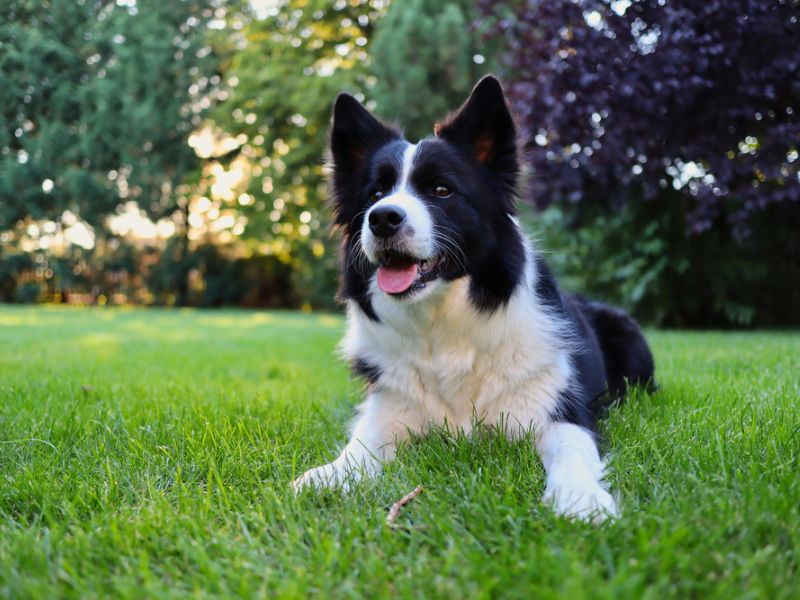
Border Collies are the most popular dog breed known to suffer from overbites. They are present in most homes since they are easily trainable, quick-witted, and affectionate.
With a length of 18 to 22 inches, Border Collies can fit in your apartment comfortably. Still, the dog prefers lots of space for movement since it is energetic.
2. German Shepherds
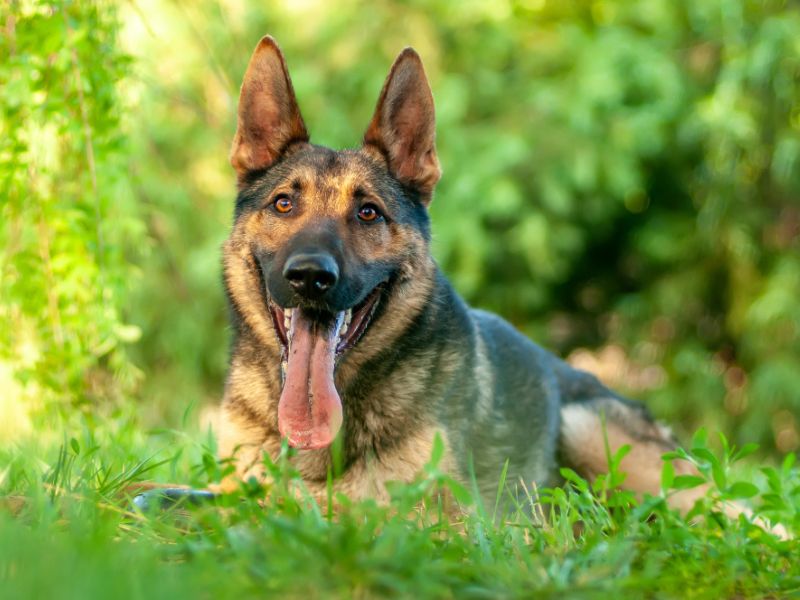
German Shepherds are reliable bodyguards at home owing to their large build and very tender and caring traits.
An adult German Shepherd can reach a height of about 2 feet while still not being intimidating or threatening to children.
German Shepherds can be extremely destructive when left to spend a lot of time alone. Even with an overbite, the canine may chew anything within reach, including your shoes.
So, always leave your dog with a large bone for chewing. Doing that can also be great for teeth cleaning and preventing bad breath and other periodontal diseases.
As a working dog, an overbite can affect its work ethic.
3. Shelties
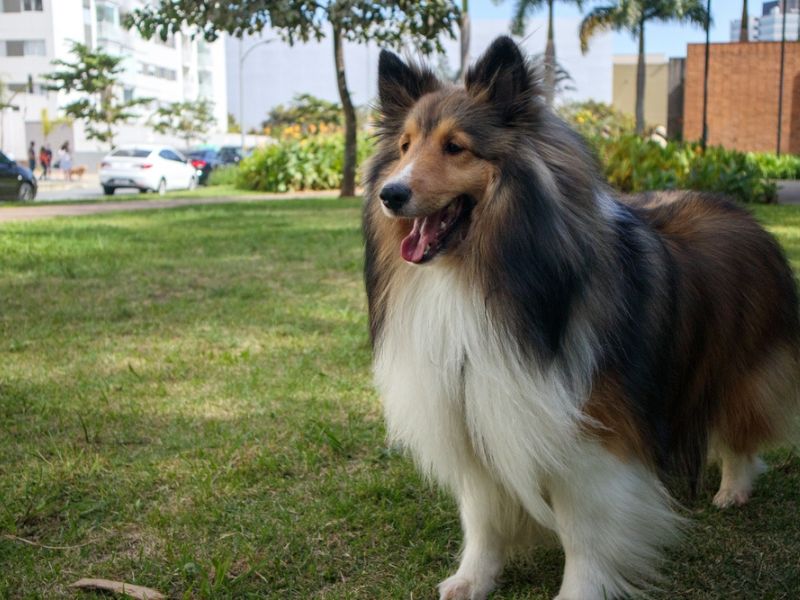
The Shetland Sheepdog or Shelties belongs to a group of herding or guardian breeds. Expect a dog with a great level of intelligence. In an experiment done in the 1990s, the dog breed ranked 6th in intelligence out of about 135 dog breeds.
Shelties can grow up to a height of 16 inches. You can easily recognize this dog breed with its long coat donning colors like white and tan, black, and sable. Another impressive coat color is a blue merle due to genetic modification.
The Shetland Sheepdog is a fantastic pet as it likes to please. But, it can also bark a lot which can be corrected by early training and socialization.
4. Dachshunds
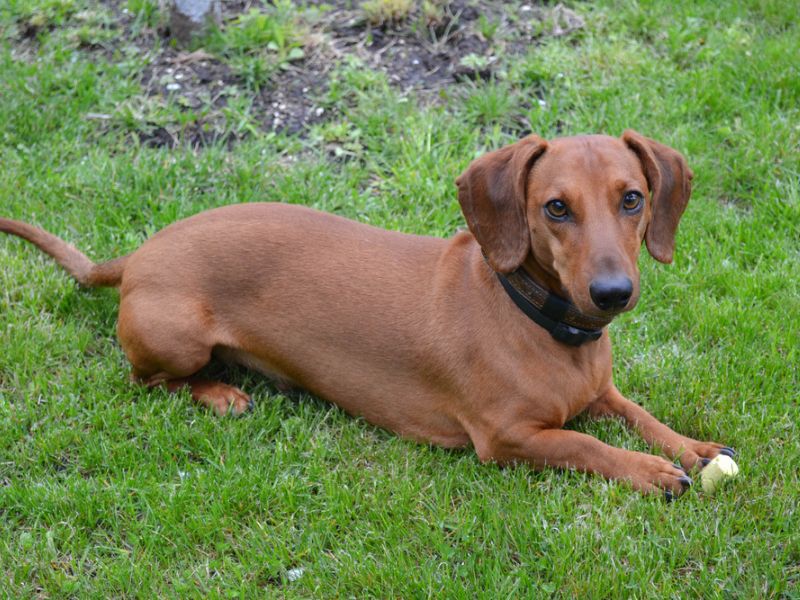
Dachshunds are burrowers. They were bred to utilize their long snouts to dig underground and scare away available occupants.
At home, Dachshunds may be tempted into old habits by digging holes in the yard and scavenging the garbage can in search of food. The dog is prone to excess eating to gain extra weight when not taught to avoid stealing what it eats.
The bigger and smaller breeds of Dachshunds can grow to a height of 9 inches and 6 inches, respectively.
5. Russian Hunting Sighthound
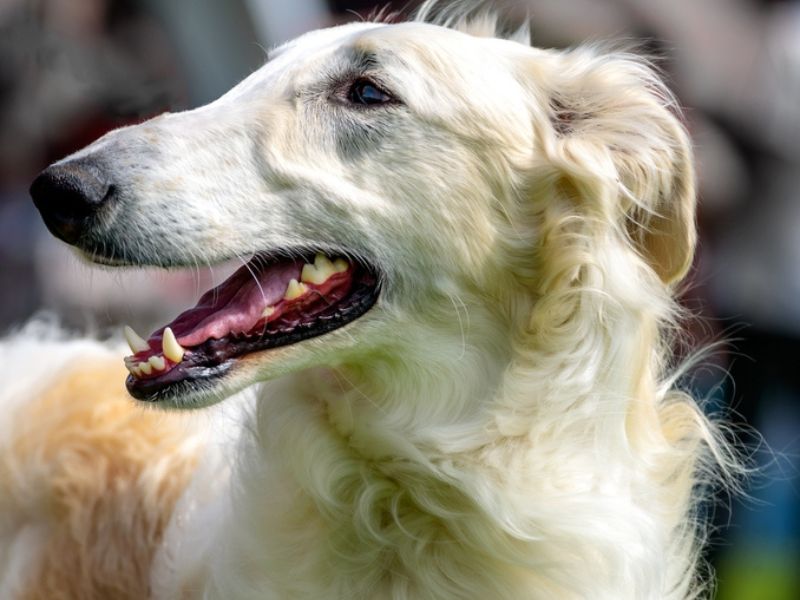
Known in Russia as Borzoi, the Russian Hunting Sighthound was reared for hunting. The breed is impressively fast as it has long and slender feet. Although the common belief is that the dog breed, formerly called Russian Wolfhound, was used for killing wolves, that is not true.
Adult males are muscular and weigh between 75 to 100 pounds.
Since the Borzoi can be very aggressive to other pets and children, early training and socialization are necessary, although it can be stubborn.
6. Greyhounds

Greyhounds are highly aerodynamic because of their narrow bodies and snouts, making them arguably the fastest dogs on earth. When running, Greyhounds can clock a speed of up to 70 km/h.
The dog is very affectionate towards its owners and does not like entertaining children.
Ensure you subject your Greyhound to proper obedience training if you want to avoid trouble when you take it out for a walk.
7. Whippets
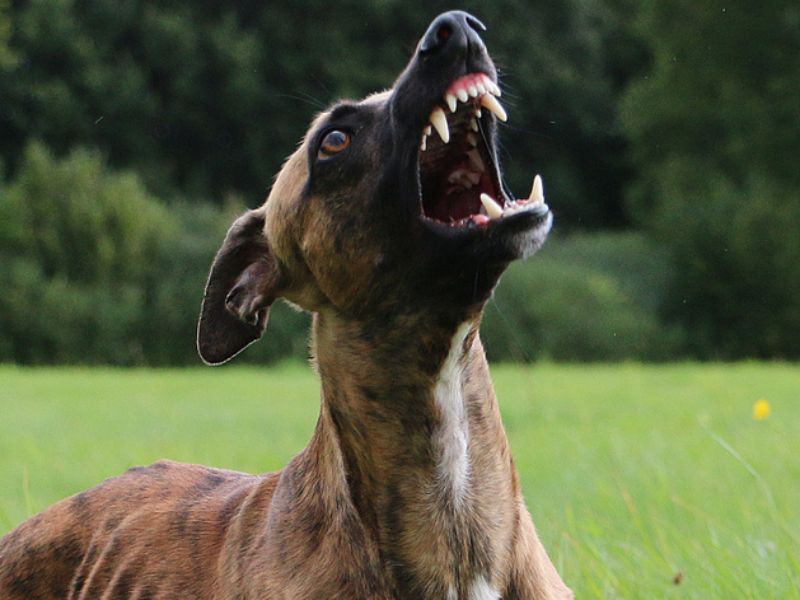
With a medium size, Whippets come with an excellent aerodynamic body, even if they are not as fast as Greyhounds. Whippets are a result of interbreeding small terriers with Greyhounds.
Whippets require lots of exercise even if they can adapt to living in an apartment. Do not leave this dog breed with an overbite without a leash; fence your garden or yard accordingly to safeguard it from escaping to search for prey.
The breed also likes to dig holes, like its ancestors.
8. Afghan Hound
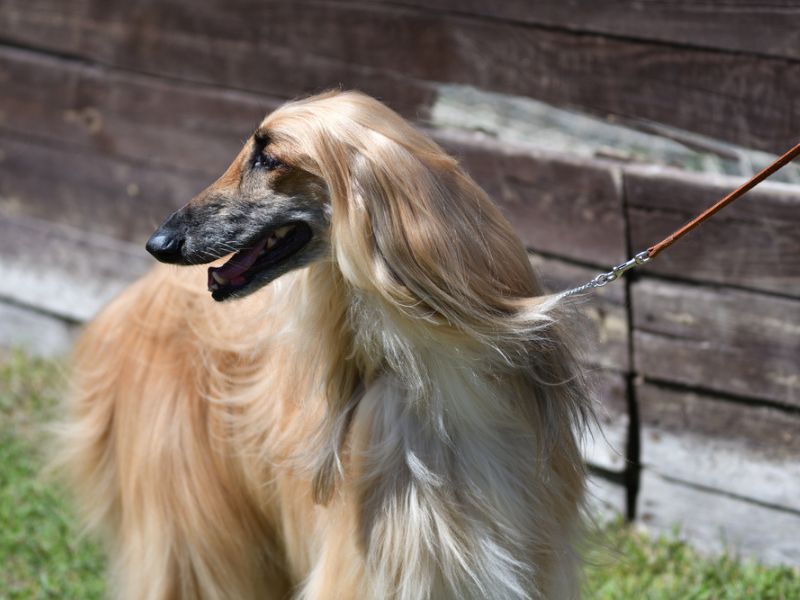
The original name of the breed was Tazi. This dog is not common among the dogs in the hound group. The dog was used for hunting prey like leopards in the Afghan mountains and deserts.
Because of its ability to see further than humans, cover more ground quickly, and remove obstacles easily, it is also often used in lure coursing.
At home, the Afghan Hound is calm, affectionate, responsive, pleasant, and can hunt as it has a strong, muscular body.
9. Saluki
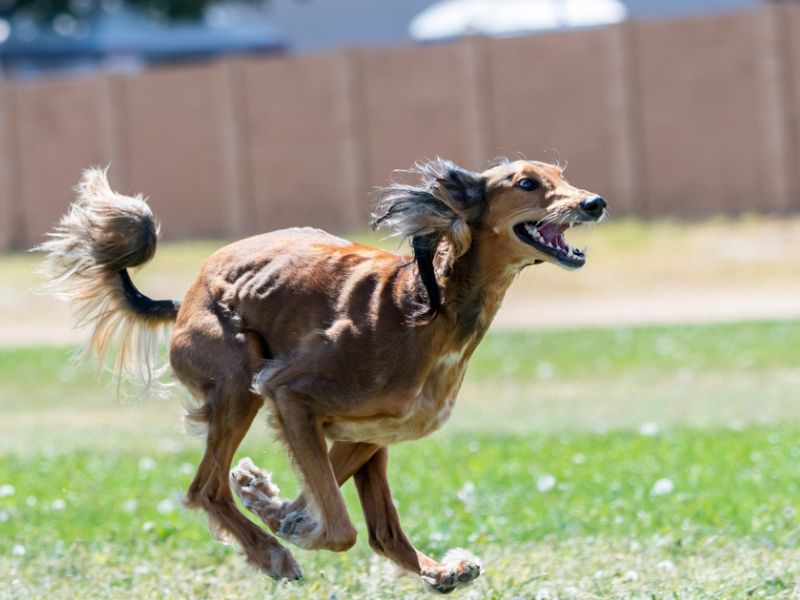
This standardized breed was developed specifically from sighthounds, dogs nomadic tribes relied upon for hunting using sight instead of scent.
With its long legs, a broad chest, and skinny body, the Saluki is really fast.
The modern breed of Saluki is very active, stress-free to groom, and tender. Provide plenty of space for movement to have a happy and comfortable pet.
Can a dog’s overbite be corrected?
A dog’s overbite can be corrected or minimized. Establish whether or not your dog has an overbite to require correction. A dental checkup by your vet when the pet is between 6 to 9 weeks is needed. For a pet over 10 months old, the dental issue is no longer temporary, making treatment more difficult and even costly.
A dental expert may recommend the extraction of some baby teeth, hopefully to aid in the growth of the lower jaw. Later, if the problem persists, some adult teeth may require elimination.
Other potential correction methods for a dog’s overbite are amputation of the troublesome crown and the use of orthodontic instruments and accessories, including braces and spacers.
The cost of different overbite correction methods are:
- $150-$1,500 for extraction per tooth.
- $1,500-$3,000 for crown amputation of a tooth.
- $4,000 for braces and separators or spacers. There are also other expenses involved with visiting the vet regularly.
Can dogs be bred for an overbite?
Dogs can be bred for an overbite. However, the dog breeds listed above, including small dogs such as the French Bulldog and Maltese dog, were not bred to have an overbite.
Breeding dogs for an overbite is discouraged since the trait can be problematic to your dog’s general health and appearance.
Are dogs born with an overbite?

Dogs are born with an overbite. An overbite is primarily a genetic and hereditary defect. It is rare for an overbite to pose a problem to a dog unless the shortness of the lower jaw is significant compared to the upper jaw. Importantly, there are different correction methods and procedures if you own a dog with an overbite.
Nonetheless, the procedures can be expensive for you and painful and uncomfortable for your canine friend.
In conclusion, thus, to avoid dealing with an overbite, do not buy any of the long snout breeds prone to that dental issue.